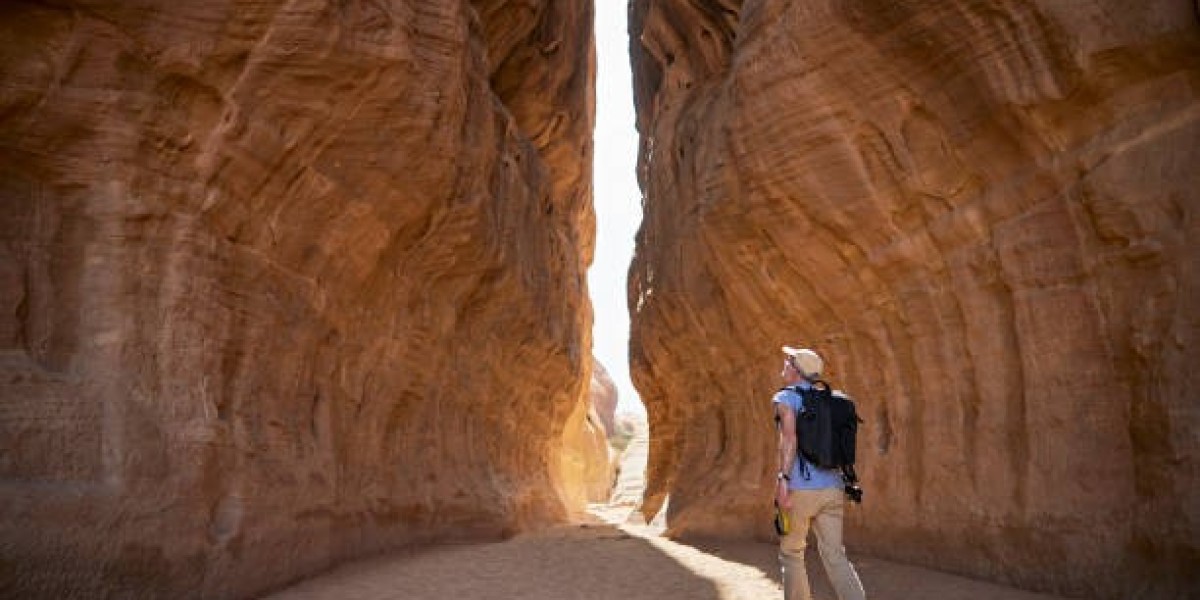Saudi Arabia is fast becoming a destination that needs to be visited by visitors in UAE and the world at large. The Kingdom has a rich cultural heritage, spectacular desert landscapes and a pure coastline on the Red Sea and Arabian Gulf, offering unrivaled opportunities to photography enthusiasts. As you plan your visit, particularly when travelling to Saudi Arabia through Dubai, the first thing is to ensure that your Saudi visa from Dubai is in shape. You may be a professional photographer or an avid Instagrammer, and taking photos of the beauty of Saudi Arabia coasts will demand some planning, local knowledge and creativity.
In this guide, we will find out useful hints on taking photos of the beautiful coastal destinations in Saudi Arabia and adhering to the local customs, staying safe, and maximizing your trip.
1. Know the Best Coastal Locations
Saudi Arabia’s coastline stretches over 2,000 kilometers, offering diverse scenery ranging from golden beaches to rugged cliffs. Some must-visit coastal spots include:
Jeddah Corniche – A vibrant seafront with modern architecture, colorful fountains, and opportunities for night photography.
Farasan Islands – Off the southern Red Sea coast, these islands are perfect for wildlife, coral reefs, and serene sunset shots.
Half Moon Bay, Eastern Province – Ideal for wide-angle shots of sandy beaches and crystal-clear waters.
Al Lith and Umluj – Known as the “Maldives of Saudi Arabia,” these areas feature turquoise waters and picturesque coral reefs.
Tip: Scout locations ahead of time and consider visiting during sunrise or sunset to capture the soft, golden light that enhances coastal photos.
2. Master Lighting and Timing
Lighting can make or break your coastal photographs. The soft, warm hues of sunrise and sunset create a dramatic effect on both sand and water. Midday sunlight can be harsh, producing overexposed skies and strong shadows. To get professional-quality images:
Use a polarizing filter to reduce glare and enhance water colors.
Experiment with long exposures to smooth out waves for a dreamy effect.
Capture reflections of colorful skies on wet sand during low tide.
Golden hour (shortly after sunrise and before sunset) is ideal for all photographers, while blue hour (just after sunset) is perfect for cityscape shots along Jeddah’s Corniche.
3. Respect Local Culture and Regulations
Saudi Arabia has strict cultural and legal norms, and photography is no exception. To avoid trouble:
Avoid photographing government buildings, military areas, and private property.
Always ask permission before photographing locals, especially women.
Be mindful of modesty rules when photographing public spaces.
Understanding these rules not only ensures a smooth experience but also demonstrates cultural respect—a key tip for travelers seeking authentic and safe photography experiences.
4. Bring the Right Gear
Depending on your photography style, packing the right equipment is crucial:
Camera – A DSLR or mirrorless camera for high-quality shots; smartphones with good cameras are fine for casual photography.
Lenses – Wide-angle for landscapes, telephoto for wildlife, and macro for close-ups of shells or coral.
Tripod – Essential for long-exposure shots, especially during low-light conditions.
Protective gear – Sand-proof camera bags, lens cleaning kits, and waterproof covers are essential for coastal shoots.
Pro tip: If you’re capturing drone footage, ensure your drone is registered, and you comply with Saudi Arabia’s aviation regulations.
5. Embrace Aerial and Underwater Photography
Saudi Arabia’s Red Sea coastline offers spectacular opportunities for aerial and underwater photography:
Aerial shots – Use drones to capture the dramatic coastline, coral reefs, and unique sand patterns. Always check restricted zones.
Underwater photography – Snorkeling and diving spots, particularly around the Farasan Islands and Umluj, feature vibrant coral reefs and marine life.
These angles provide fresh perspectives that elevate your travel photography and social media content.
6. Use Composition Techniques
To make your photographs visually appealing:
Apply the rule of thirds to balance the horizon and subject.
Include foreground elements like rocks or vegetation to add depth.
Experiment with leading lines, such as piers, paths, or waves, to guide the viewer’s eye.
Capture reflections and silhouettes to add a dramatic touch.
Experimenting with angles and perspectives can turn simple coastal shots into award-winning photographs.
7. Plan Your Trip and Travel Logistics
Before heading out, plan your trip efficiently:
Ensure your Saudi visa from Dubai is valid and check for visa services if you need assistance.
Research local accommodations, transport options, and road conditions.
Pack essentials such as sunscreen, water, and lightweight clothing for coastal excursions.
Proper planning allows you to focus on capturing the perfect shot without worrying about logistics.
8. Editing and Sharing Your Photos
Post-processing can elevate your photography:
Adjust exposure, contrast, and color balance for a natural yet striking look.
Crop carefully to enhance composition without over-editing.
Use local hashtags and geotags responsibly to showcase Saudi Arabia’s coastal beauty to a global audience.
Remember, the goal is to capture authentic experiences while respecting local culture.
Conclusion:
Capturing the beautiful coastal destinations in Saudi Arabia is a memorable encounter to the visitors of the UAE. The Kingdom features golden beaches, vibrant coral reefs, and much more to offer endless possibilities of creative shots. It is possible to make your process of coastal photography safe and rewarding by respecting local customs, knowing the law, and employing the appropriate methods.
To have a hassle-free travel itinerary, visa help, and professional advice, Go Kite Travel is the trusted travel agency in Dubai. Go Kite Travel provides extensive visa services and travel solutions to ensure that your trip to Saudi Arabia is hassle-free, enjoyable and memorable, whether you need assistance to secure apply for Saudi visa from Dubai or you need some advice on coastal photography locations.






